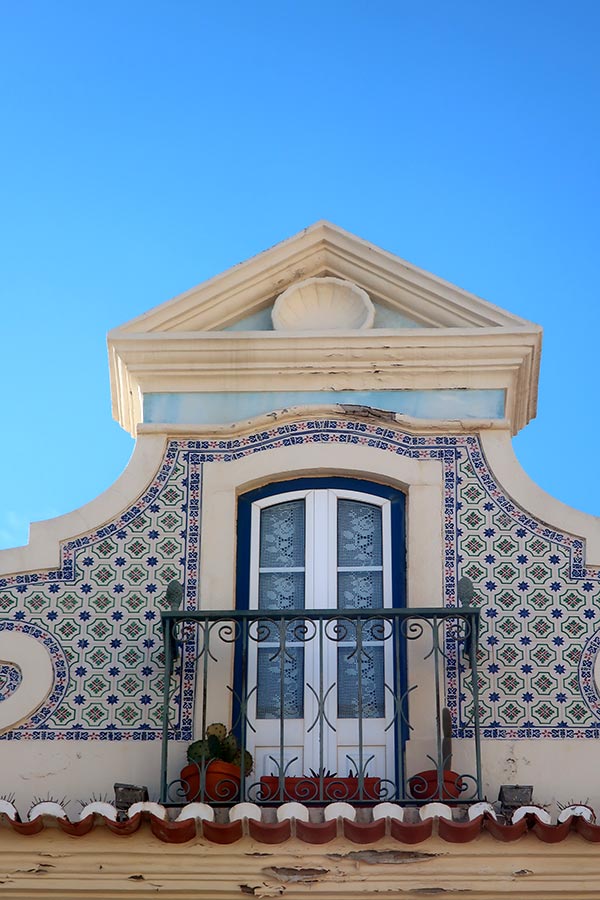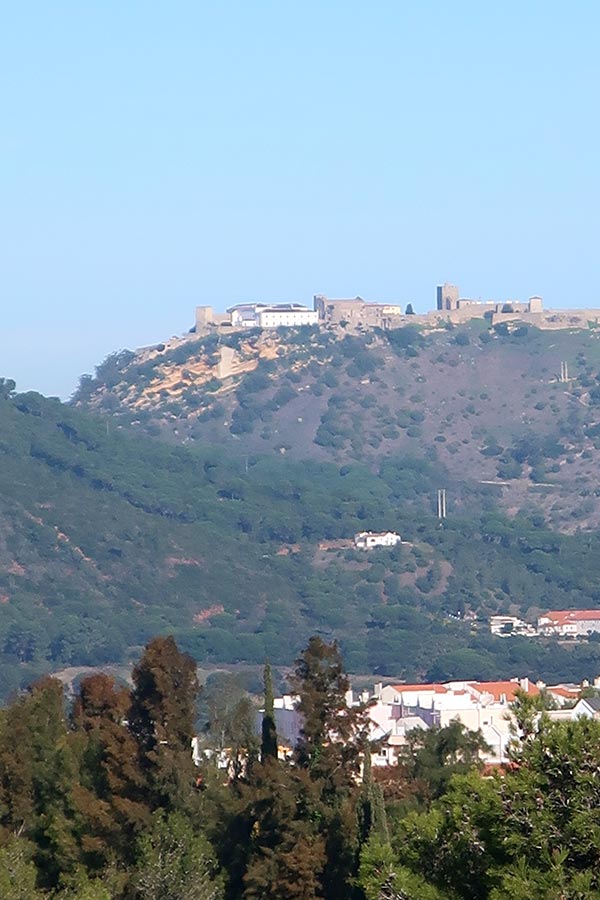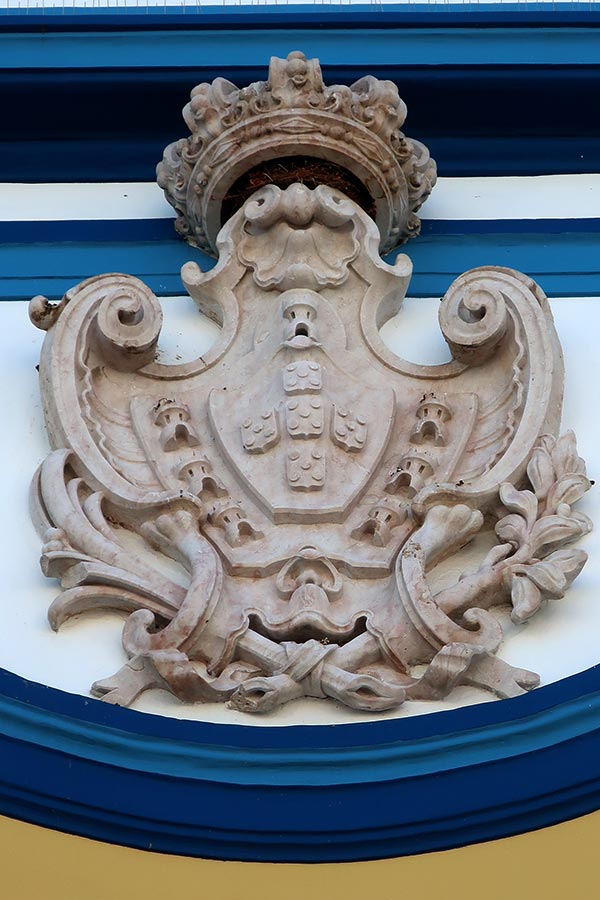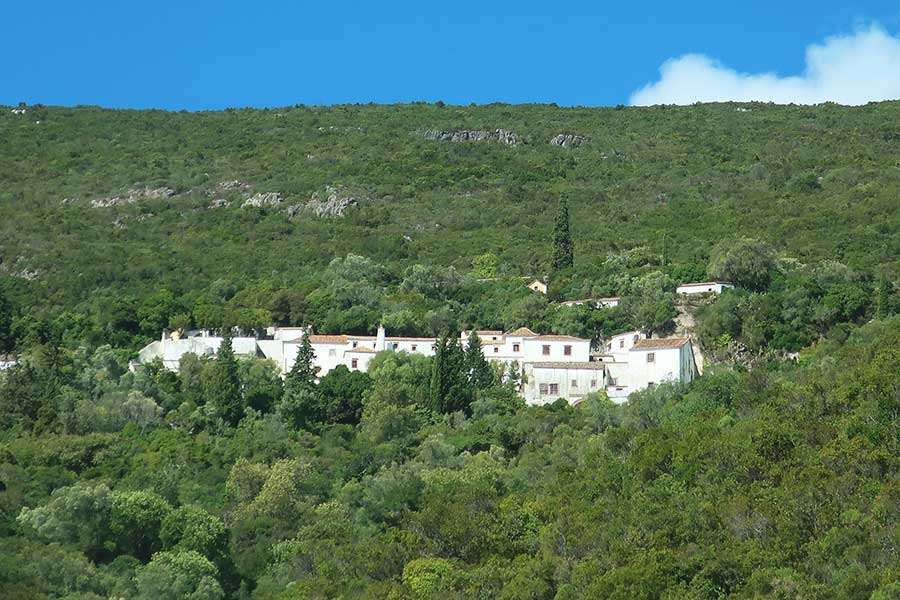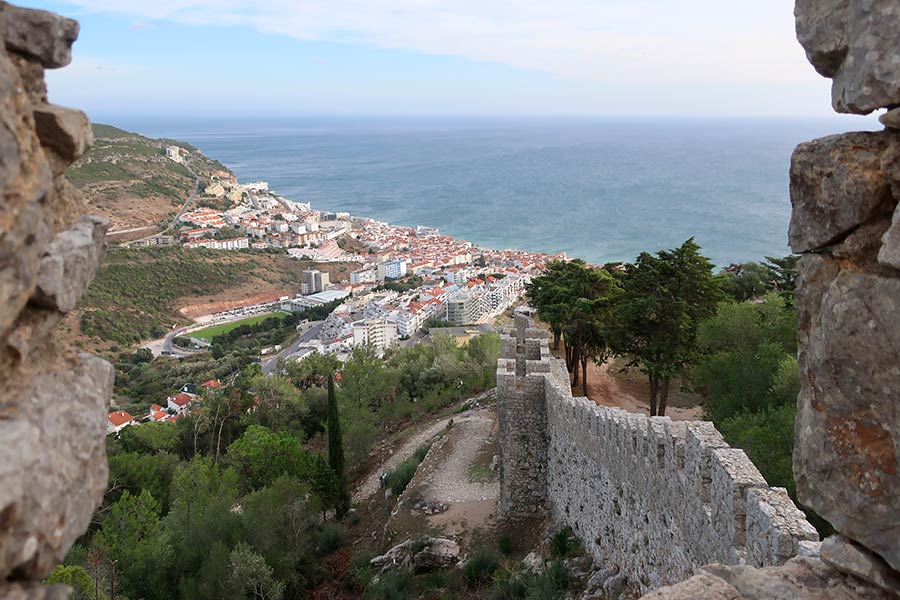The Region
Palmela / Azeitão / Troia / Sesimbra
The History
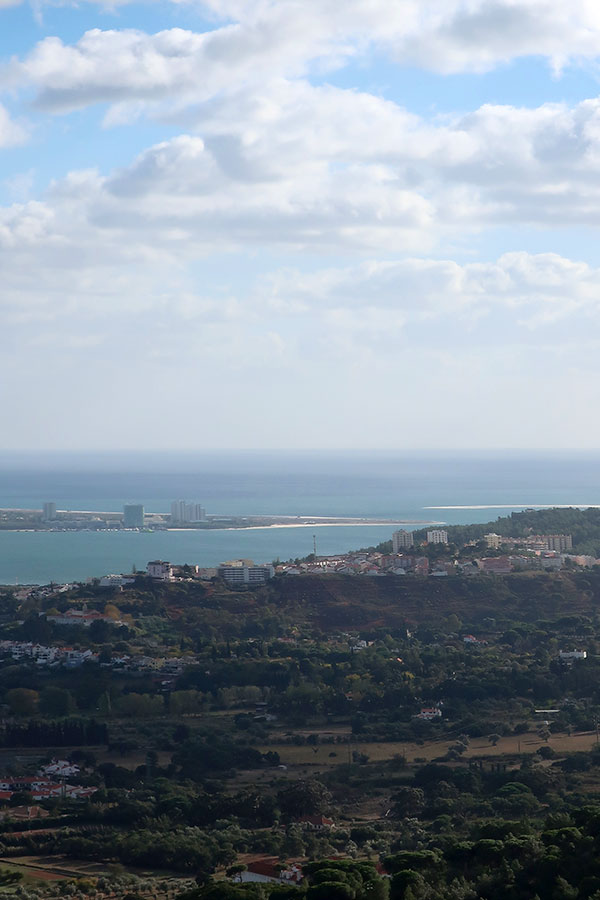
The History
Palmela
The human occupation of the Palmela region dates back to olden days.
Data confirmed by archology revealed traces to the Palaeolithic period and to Roman, Islamic and medieval times.
The history of the village is closely linked to the history of the Military Order of Santiago.
The seat of this Military Order was only permanently fixed in Palmela in 1443, after the end of the Recapture, during the master’s degree of Prince John, son of King John I of Portugal.
The location of the seat remained the same until the abolishment of the Religious Orders in 1834.
Azeitão
Located on a beautiful, fertile region with pleasant weather conditions, as well as close to Lisbon, Azeitão attracted high nobility that settled into their summer homes, palaces, manors and estates.
In 1360, King Peter I of Portugal validated the privileges of the settlement.
The town was considered a villa by King Joseph I of Portugal, Azeitão (including São Lourenço and São Simão) had a life of their own until 1855, the year it became a part of the Setúbal municipality.
Troia
This peninsula, encompassing more than 20 km, is separated from the city of Setúbal by Sado’s estuary. Administratively linked to the Municipality of Grândola, its history is inextricably connected to the city of the Rio Azul (blue river) and capital of the District. One of the reasons is that in both places you can find Roman remains that attest that both places were important centers of fish paste production, a delicacy then called garum, and exported to the whole empire, being appreciated by the elites of that time.
Another social phenomenon that highlights this remote connection is the pilgrimage that the fishermen of Setúbal make every year to the Nossa Senhora do Rosário de Troia chapel, which dates back more than five centuries and takes place between the 17th and 19th of August. This fishing tradition has had, throughout the centuries, a major role in the region, as evidenced by the large number of canning factories that existed in the first half of the 20th century, including one dedicated to manufacturing cetacean oil, which was captured near Cape Espichel and was very active during the 1920s.
Whether or not Tróia matches the Acala island, mentioned in the book “Ora Maritima” by Avienus, dating from the 4th century, is still the subject of speculation among scholars. Today we can admire the rehabilitation of the archaeological complex that well deserves a visit, not only for cultural reasons, but also for the magnificent landscapes that can be seen from there, both of the city of Setúbal and the interior of the river’s estuary. The fascination for this very interesting set of ruins dates back to the time of Queen Maria I, and later also drew the attention of the Lusitanian Archaeological Society, which did several surveys and studies there.
Another place worth visiting, and unique in the national context, located in the municipality of Alcácer do Sal (formerly Salácia, during Roman times), is the palace port of the fishing village of Carrasqueira.
Troia is currently mainly sought-after for tourist reasons all year round. It has a casino, several modern hotels, apartments and houses for rent or purchase, a golf course and a magnificent beach lined and protected by rows of dunes covered by beautiful Mediterranean vegetation. It is widely used for holidays, weekends or professional meetings. It has magnificent restaurants and bars, as well as a modern congress center. Herdade da Comporta is also worth a visit, where the excellent rice produced there stands out, as well as the wine, with modern wine cellars where you can have wine tastings.
It is accessible by boat or ferry boat from Setúbal, or by road, either through Alcácer do Sal, or through the road network that runs along the Costa Vicentina. You can practice several sports, including boat trips, where some companies offer, subject to prior reservation, either an unforgettable seafood meal on board, or dolphins and bird watching.
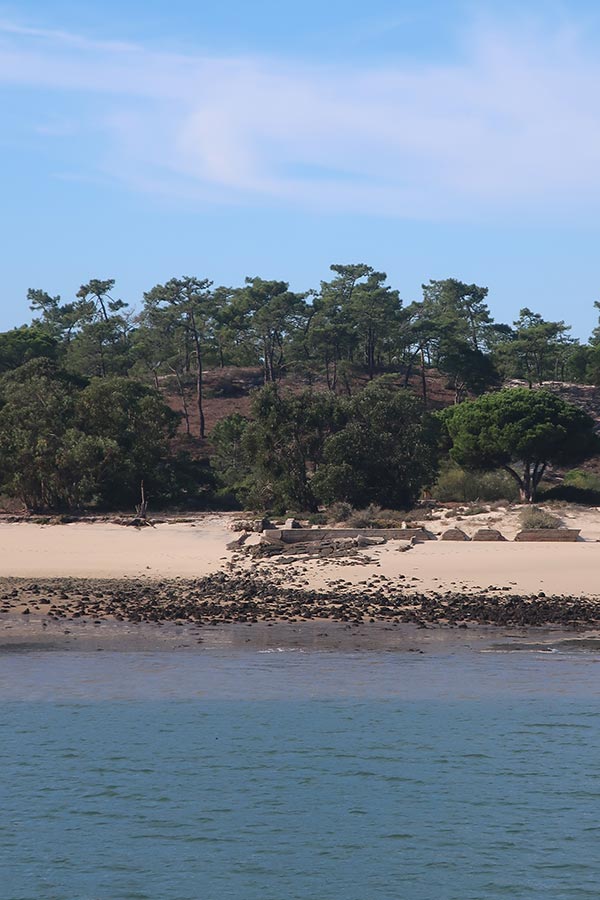

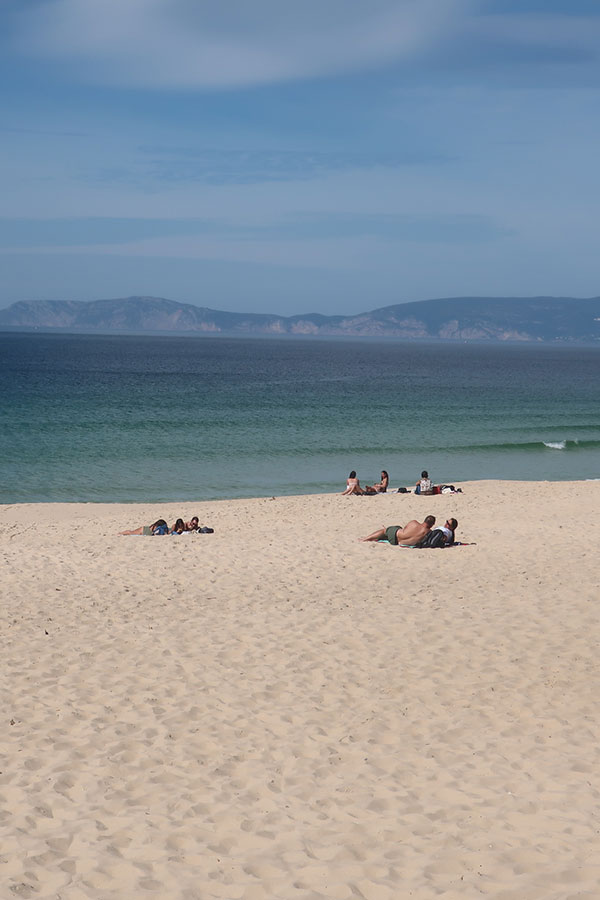
Sesimbra
Sesimbra is a very old settlement located on the Nature Park of Arrábida.
Its occupation dates back to prehistoric times.
It was conquered and reconquered, and only in 1199 did it receive free colonizers by the hand of King Sancho I of Portugal, who granted it a charter in 1201.
During the 13th and 14th centuries, the fishing community settled close to the beach near the Ribeira de Sesimbra area.
At the end of the 15th century, and first half of the 16th century, the riverside settlement developed as the main core, leaving behind the medieval village within the walls of the castle, a place that was progressively abandoned.
Fishing, maritime trade and shipbuilding had a huge development alongside the urban growth.
Sesimbra was integrated in the Military Order of Santiago territory in 1236, by King Sancho II of Portugal.
1º Dueto - Andantino
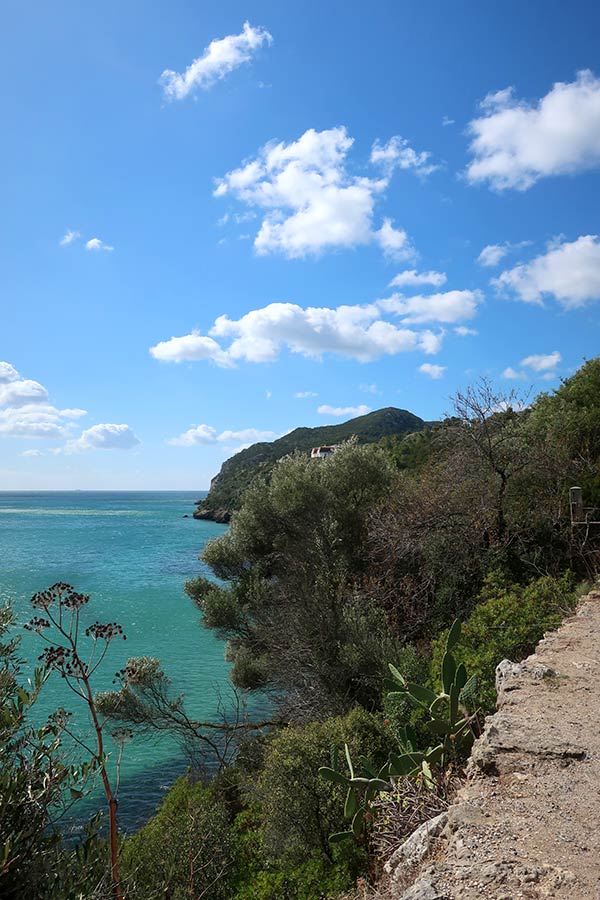

Sesimbra
Sesimbra is a very old settlement located on the Nature Park of Arrábida.
Its occupation dates back to prehistoric times.
It was conquered and reconquered, and only in 1199 did it receive free colonizers by the hand of King Sancho I of Portugal, who granted it a charter in 1201.
During the 13th and 14th centuries, the fishing community settled close to the beach near the Ribeira de Sesimbra area.
At the end of the 15th century, and first half of the 16th century, the riverside settlement developed as the main core, leaving behind the medieval village within the walls of the castle, a place that was progressively abandoned.
Fishing, maritime trade and shipbuilding had a huge development alongside the urban growth.
Sesimbra was integrated in the Military Order of Santiago territory in 1236, by King Sancho II of Portugal.
Stabat Mater

Follow us:

Adress:
Rua Álvaro Castelões, 49 - 1º e 2º
2900-215 Setúbal
Phone: (+351) 919 385 254
E-mail: geral@homematch.pt
Google Translate



